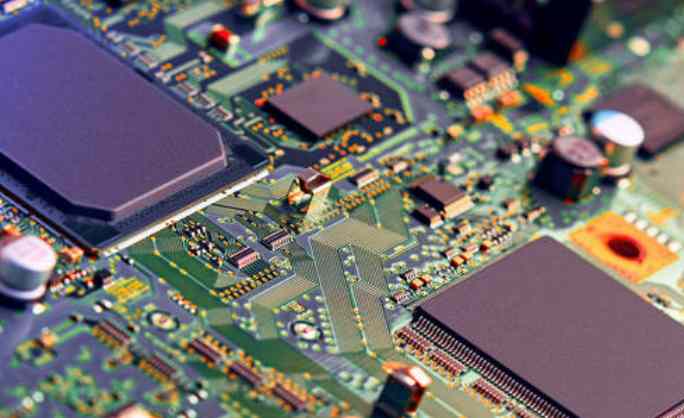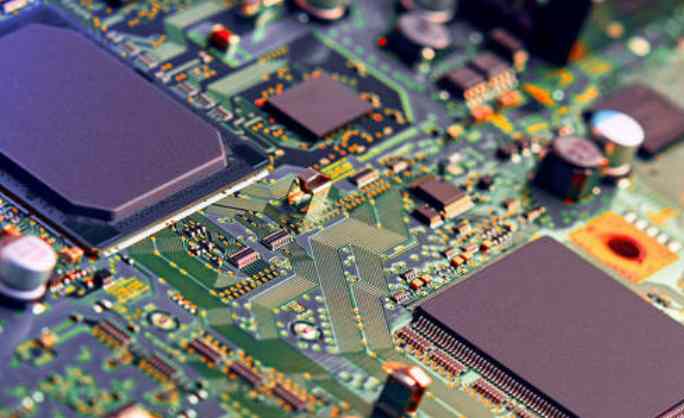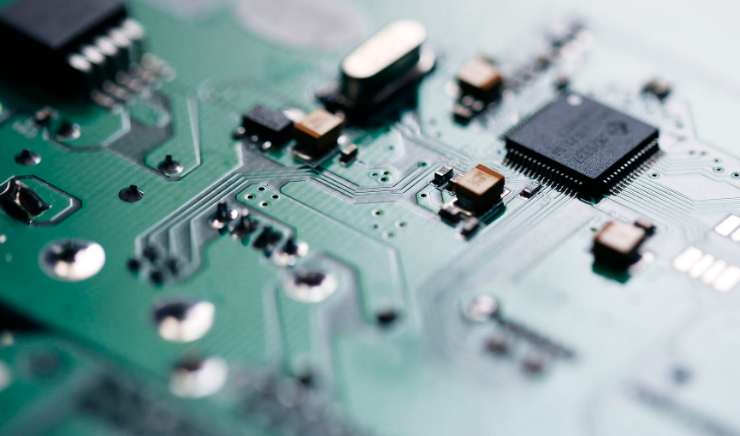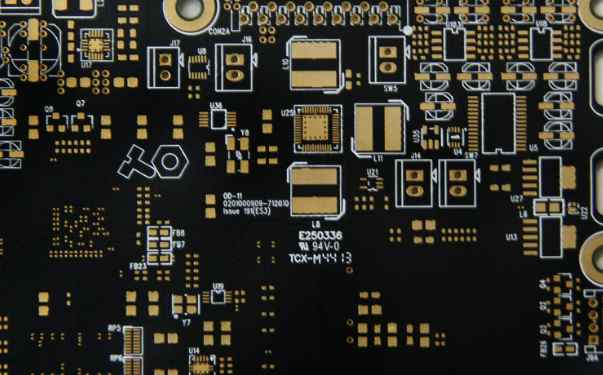
Question 1: What is a part package and what is the difference between it and a part?
A: (1) Part package refers to the appearance and solder joint position indicated when the actual part is welded to the circuit board.
(2) Parts package is only the appearance of parts and solder joint location, pure parts package is only the concept of space, so different parts can share the same part package; On the other hand, the same part can also have different packages, such as RES2 represents resistance, its packaging form has AXAIL0.4, AXAIL0.3, AXAIL0.6 and so on, so in the use of welded parts, not only to know the name of the part but also know the package of the part.
(3) The package of the part can be specified at the time of designing the circuit diagram, or at the time of introducing the network table. When designing the circuit diagram, you can specify the Footprint setting item in the part properties dialog box, or you can specify the part package when introducing the network table.
Question 2: What is the difference between wires, flying wires and networks?
A: The wire is also called the copper film wire, referred to as the wire, used to connect the solder joints, is the most important part of the printed led circuit board, the printed led circuit board design is carried out around how to arrange the wire.
Another kind of wire related to the wire is often called the flying wire, also known as the pre-drawn wire. The fly line is a line generated by the system according to rules after the introduction of the network table, which is used to guide the wiring.
There is a fundamental difference between a flying wire and a wire. The flying line is only a formal connection, which only formally expresses the connection relationship between the various solder joints, and has no electrical connection significance. The wire is arranged according to the connection relationship between the solder joints indicated by the flying line, and has the connection line of electrical connection significance.
The network and the wire are different, the network also includes solder joints, so when referring to the network not only refers to the wire but also includes the solder joints connected to the wire.
Question 3: What is the difference between the inner layer and the middle layer?
A: The middle layer and the inner layer are two easily confused concepts. The intermediate layer refers to the intermediate plate layer used for wiring, in which the wire is distributed; The inner layer refers to the power layer or ground layer, the layer is generally not wired, it is composed of the entire piece of copper film, is a negative phase display.
Q4: What is an internal network table and an external network table, and what is the difference between the two?
A: There are external network tables and internal network tables. The external network table guides the incoming network table, that is, the schematic network table generated by Sch or other schematic design software; The internal network table is the network table used for wiring inside the PCB system after modification according to the introduced external network table. Strictly speaking, these two types of network tables are completely different concepts, but the reader does not have to make a strict distinction.

Question 5: What does the network table Manager do?
A: First, introduce the network table, the introduction process of this network table is actually the process of loading the data of the schematic design to the printed led circuit board design system PCB. All changes in the data in the PCB design system can be accomplished through the Netlist Macro, which is automatically generated by the system by comparing and analyzing the network table file and the internal data of the PCB system.
Second, the network table manager can be used to directly edit the connection relationship between the various components of the led circuit board in the PCB system to form a network table.
Question 6: What are classes and what are the benefits of introducing the concept of classes?
A: A class is a collection of units that have the same meaning. PCB class definition is open to the user, the user can define the meaning of the class and the composition of the class. The introduction of classes in PCB has two main functions:
(1) Easy wiring In the wiring process of the led circuit board, some networks need special treatment, such as some important data lines in order to avoid interference from other components on the circuit board, in the wiring often need to increase the safety distance between these data lines and other components. These data lines can be classified into a class, and this class can be added to the rules when setting the automatic wiring safety spacing rules, and appropriately increase the safety spacing, then the automatic wiring, the safety spacing of all data lines in this class is increased; In the wiring process of the led circuit board, the power and ground wires often need to be bolded to ensure the reliability of the connection, the power and ground wires can be classified as a class, when setting the automatic wiring wire width (WidthConstraint) rules, you can add this class to the rules, and increase the wire width appropriately, then the automatic wiring, Both the power supply and ground wires in this class will be wider.
(2) Easy to manage circuit board components For a large led circuit board, it has a lot of parts package, there are thousands of networks, very messy, the use of the class can be very convenient to manage the circuit board. For example, all input networks in the circuit board are classified, and when looking for an input network, you only need to find it in the input network class; You can also classify the finite voltage resistance in the circuit board, and when looking for a voltage limiting resistance, you only need to find it in this voltage limiting resistance class.
Question 7: How to add additional solder joints to the network?
A: You can first add the solder joint to the board, then double click the solder joint, open the solder joint property Settings dialog box, select the appropriate network in the Advaced Net TAB, you can complete the solder joint placement.
Question 8: What is the use of inner division?
A: The divided inner layer can be used to connect some important lines, that is, it can improve the anti-interference ability and can also protect important circuits.
Question 9: What is the effect of copper coating and what should be paid attention to?
A: The main role of copper is to improve the anti-interference ability of the led circuit board, if you want to pack wires or tear drops on the line, then copper should be put in the last.









